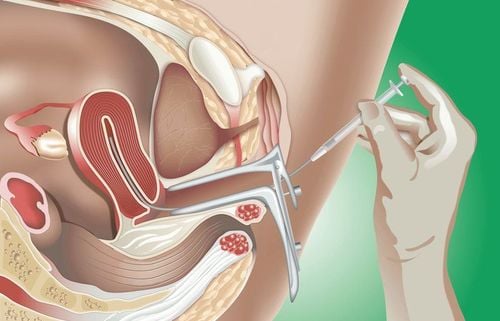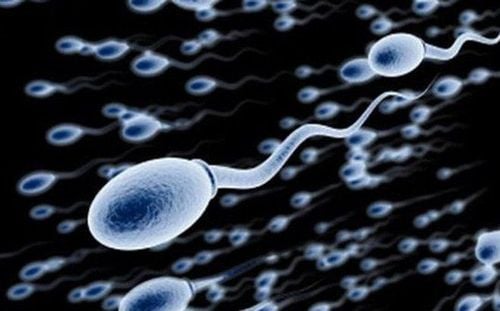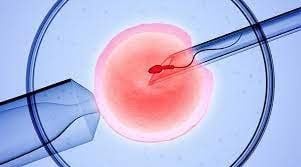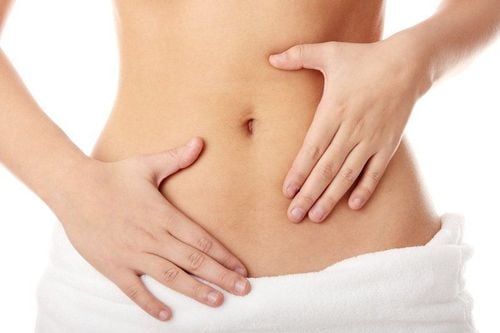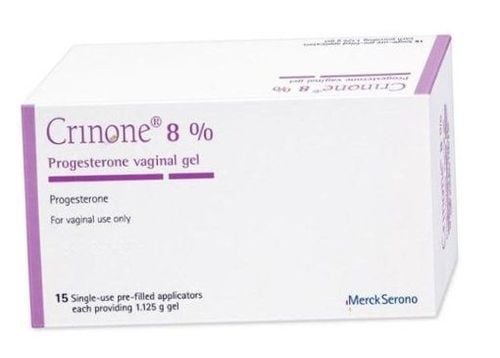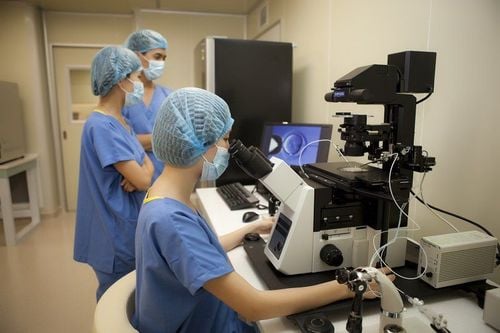This is an automatically translated article.
The article is professionally consulted by Master, Doctor Thai Bang - Head of Obstetrics and Gynecology Department, Vinmec Nha Trang International General Hospital.
The sperm washing method is one of the very important preparation steps, deciding the success of the IVF process. So how does the sperm washing method at Vinmec take place, what are the advantages and disadvantages?
1. What is the sperm washing method?
Sperm washing is a technique to remove dead sperm, dirt and semen in order to keep healthy, good quality sperm for injecting into the uterus or performing in vitro fertilization.
2. Subjects of application
The method of sperm washing is indicated in the following cases:
In the case of being indicated for in vitro fertilization.

3. Prepare for semen sampling
The husband's sperm is obtained by masturbation. The husband will collect the sperm by hand. In case it is difficult to take a sample, you can ask your wife's help and collect sperm with a specialized condom. Note:
Before taking sperm for washing, husband and wife need to abstain from sex for 3-5 days to increase the quality and quantity of sperm. Before the day of sampling, the husband should abstain from alcohol, beer, limit smoking, avoid heavy labor Wash hands and clean genitals before sperm collection. After the sperm is removed, it will be stored in a dedicated bottle, with the husband and wife's name, age, and medical number on the lid and body carefully to avoid confusion.
4. How to perform sperm washing?
Store the collected semen samples in stainless steel trays. Allow the semen sample to fully lysate at room temperature or in an incubator for 30 minutes, recording the time to complete lysis and the volume of semen. Semen is put into the Marler counting chamber, examined under an optical microscope at x10 magnification to count sperm density, observe and calculate the percentage of fast, slow, motile, and immobile sperm. , the percentage of malformed sperm. The results obtained will be kept on file for the doctor to conduct sperm evaluation. Based on the results of the sperm quality assessment, the doctor will decide the appropriate sperm preparation technique. Prepare test tubes with the patient's name on them. Prepare a balance tube containing distilled water for centrifugation if necessary. Check names against each other to avoid confusion each time a pipette and a test tube are changed. The process of sperm washing is done by 3 methods, in which how long it takes to wash the sperm depends on which method is applied: Method of "concentration scale" Making a 2-layer concentration scale: Take a pointed bottom test tube Falcon 14ml, use a sterilized Pasteur pipette 1ml SpermGrad (Vitrolife, Sweden) 90% to the bottom of the tube, slowly (as slowly as possible) 1ml SpermGrad 45% upwards so that there is a cleavage layer between the 2 media layers. clear. Drop 1ml of semen on two layers of medium, then centrifuge at 1500 rpm x 15 minutes. Remove the upper part, collect the collected sperm residue, wash the concentration scale medium with 4ml of HEPES buffer (Sperm Rinse, G-Mops...) in a Falcon 14ml round bottom test tube, centrifuge 1500 rpm x 10 minutes. Remove the floating water, collect the residue. Evaluation of sperm quality after filtering and washing: Take 20μl of the collected residue and put it on a slide, cover the slide under the x20 microscope to calculate the percentage of live sperm: > 98% is satisfactory. In case the sample has a high percentage of dead sperm: do the same procedure as above but make a 3-layer concentration scale: 90-70-45%, each layer is 0.5ml. The collected residue is used for in vitro fertilization (sperm culture or ICSI). “swim-up” method Take a 14 ml round-bottom test tube pre-filled with 1.5 ml of IVF. Using a Pasteur pipette, gently drop the collected residue to the bottom of the test tube. After the swim-up tube is finished, tilt it in a stainless steel cup and put it in a CO2 incubator. Collect the supernatant after swim-up about 30 minutes into a 5ml round bottom test tube, this part is used for classical IVF in vitro fertilization or for ICSI .
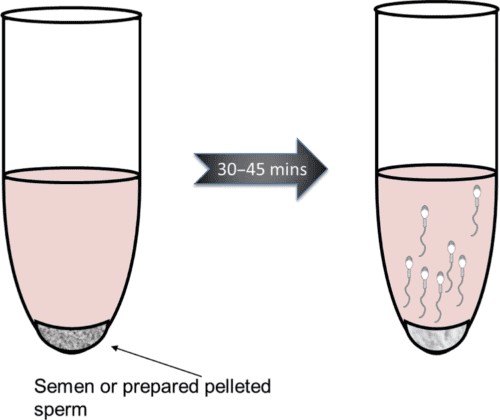
The method is especially applicable in the case of weak sperm samples, few or sperm aspirated from the testicles (PESA) Filter and wash with a small test tube of 5 ml, make three layers of concentration scale 90- 70-45%, each 0.5 ml layer; Add 0.5 ml of semen on top, centrifuge at 1500 rpm for 10 minutes. Take the collected residue into 2 ml of culture medium, centrifuge again at 1500 rpm x 5 min. Remove all the supernatant water, take the residue (as little volume as possible) to make ICSI. After being filtered, washed sperm will be evaluated and checked for quality again before conducting in vitro fertilization or pumping into the uterus. The sperm washing method is currently being applied at the Reproductive Support Center - Vinmec Nha Trang International General Hospital.
The method of sperm washing for artificial insemination at Vinmec Nha Trang is carried out methodically and scientifically, in a sterile environment and conditions of international standards, ensuring the best sperm quality. The sperm washing process is performed by leading modern medical equipment, under the supervision of leading infertility treatment experts and doctors, helping the process of artificial insemination. create the best results.
Please dial HOTLINE for more information or register for an appointment HERE. Download MyVinmec app to make appointments faster and to manage your bookings easily.





